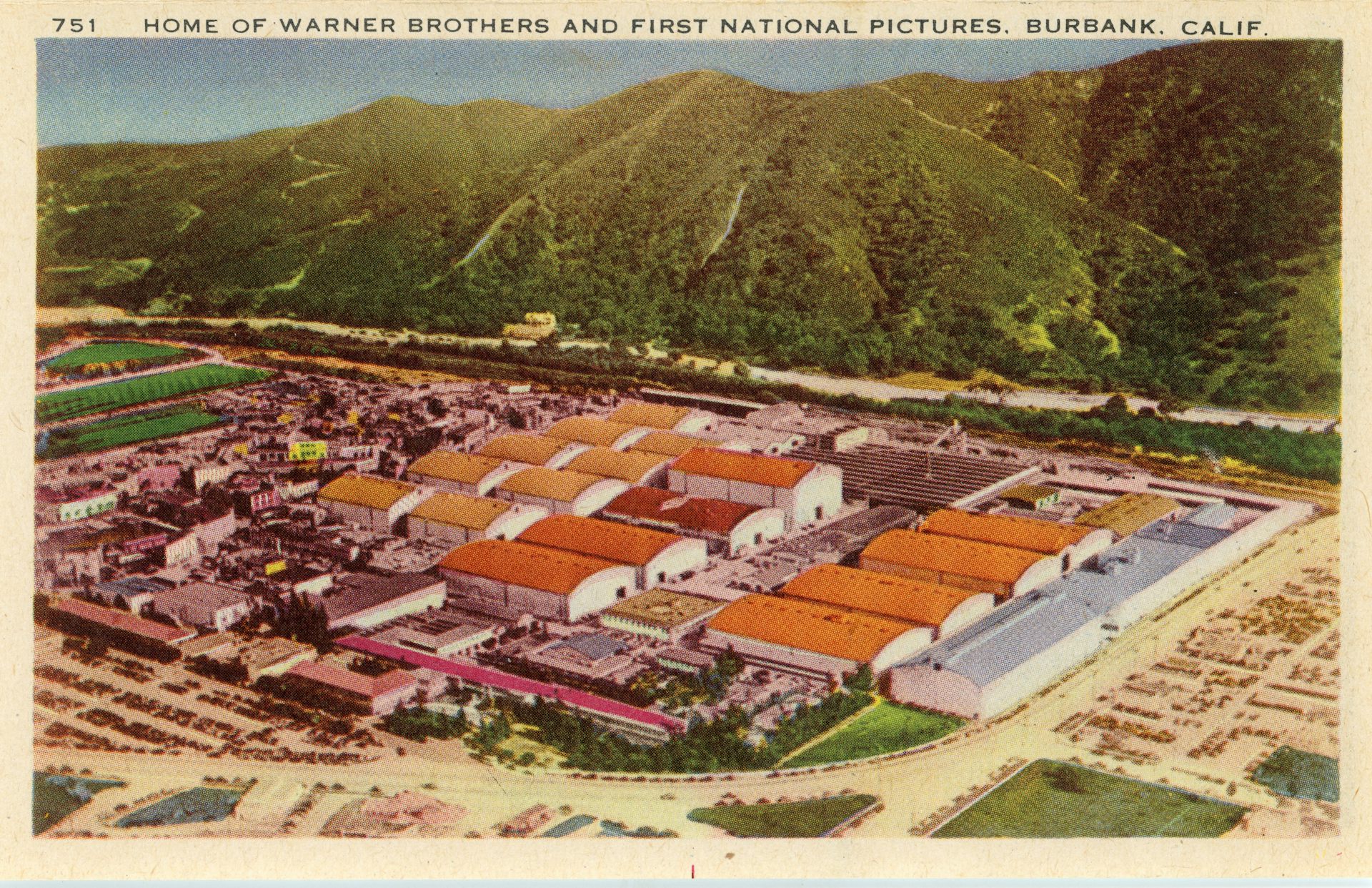American women died in Vietnam, too
Almost hidden in the orderly rows of men's names on the Vietnam War Memorial are those of eight female nurses who died in the conflict.

Visiting the Vietnam Veterans Memorial Wall in Washington, D.C., it’s easy to overlook the names of eight women inscribed on the wall’s haunting slabs of black granite.
These eight are hidden figures, dwarfed by the more than 58,300 names of men who died in service or who remain missing in action from the Vietnam War. All military nurses, the women died of shrapnel wounds, in helicopter crashes or of illness while ministering to the wounded. Because the war had no clear front, these women were often caught in the midst of combat zones, saving lives while risking their own.
Yet the contributions of these eight nurses, and of the approximately 11,000 other American women who participated in the war as medical personnel and support staff between 1956 and 1975, is a largely untold story. Like the African-American women who worked behind the scenes at NASA during Sputnik, the American women who served in Vietnam played a vital role in sustaining the national effort while facing sexism and disparagement at home and in the field.
Writing women into war
As a scholar who has explored the experience of writers in wartime, I’m fascinated by the question of who gets to tell the story of war. For the most part, this has been a story told by and about men: men who send their fellow citizens to war and men who pay the ultimate price for this decision. Inevitably, official histories of major wars tend to portray women’s roles in war as less significant than those of men. Women civilians are often assumed to be the population least affected by war: bystanders immune to war’s worst horrors. Female nurses and support staff are represented as necessary but not essential to the war effort. As political philosopher Jean Bethke Elshtain argues in her seminal work “Women and War,” women have generally been presented “as the collective ‘other’ to the male warrior.”

To be sure, the vast majority of casualties in the Vietnam war were men, and their experience—today more than ever—demands to be honored. But it is equally necessary to honor the experience and efforts of women like the eight nurses on the wall, who also lost their lives in service to their country.
To bring these women’s service to light, we might begin with what Maya Lin, the woman who created the Vietnam Veterans Memorial Wall, instinctively understood: the power that lies in the simple rendering of an individual’s name and date of death. As Lin writes, the names on the Memorial Wall were meant to be “honest about the reality of war, about the loss of life in war, and about remembering those who served and especially those who died.”
Capt. Eleanor Alexander and 1st Lt. Hedwig Orlowski died in November 1967 when their plane crashed on a return trip from hospital duty in Pleiku.
1st Lt. Sharon Lane died in June 1969 from shrapnel wounds when rockets hit the 312 Evacuation Hospital at Chu Lai.
2nd Lt. Pamela Donovan died from illness in July 1968 in Gia Dinh, as did Lt. Col. Annie Graham a month later.
2nd Lts. Carol Drazba and Elizabeth Jones died in a helicopter crash near Saigon in February 1966.
And, Capt. Mary Therese Klinker died alongside 138 other people in the infamous Babylift plane crash of April 4, 1975 while evacuating Vietnamese orphans out of the country.

These women were all volunteers in the Army and Air Force, most in their early 20’s. They came from towns and cities across the country: Lafayette, Indiana; Brighton, Massachusetts; Canton, Ohio. They worked long hours under unbelievably grueling conditions. Alongside the violence that to this day comes with the job of nursing, the military nurses in Vietnam suffered harassment and stereotyping from fellow soldiers and the media at home. One study notes that 63 percent of the nurses serving in Vietnam “reported sexual harassment in some form,” a reality that led to high rates of PTSD for survivors. At home, meanwhile, popular stereotypes portrayed Vietnam nurses as promiscuous or deviant.
But one fact about these women stands out: Without their service, there would likely have been many more names added to the stark list that surrounds their own on the Vietnam Veterans Memorial Wall.
A gender-inclusive military?
Telling the story of women in war has become a bit easier since the 2013 decision to allow women to serve in direct combat roles in the U.S. military. With women now making up 15 percent of all military combatants, it’s a lot harder to insist that gender is a distinguishing factor for war commitment or sacrifice.
Still, the present administration’s ban against transgender individuals serving in the U.S. military suggests that there remains significant unease in the country about making this institution truly gender-inclusive. The idea of war as the domain of heroic masculinity remains potent in our national mythology. The reality, of course, has always been much more nuanced.
Barbara Will does not work for, consult, own shares in or receive funding from any company or organisation that would benefit from this article, and has disclosed no relevant affiliations beyond the academic appointment above.
Read These Next
What’s at stake in Trump’s executive order aiming to curb state-level AI regulation
In the absence of comprehensive federal AI regulation, states have stepped in. The Trump administration,…
Sleep problems and depression can be a vicious cycle, especially during pregnancy − here’s why it’s
Inadequate sleep can have negative downstream effects on everyday cognitive functioning and mental health,…
Whether Netflix or Paramount buys Warner Bros., entertainment oligopolies are back – bigger and mor
Hollywood has seen this movie before.





